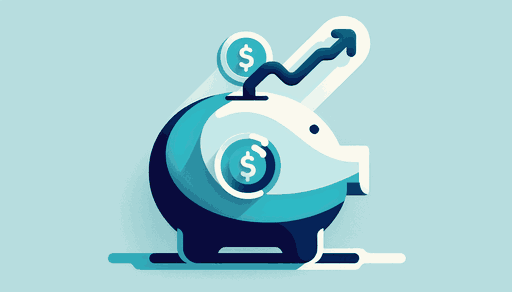Dividend Reinvestment Plan (DRIP): Maximizing Investment Growth
Understand how Dividend Reinvestment Plans can automate the process of growing your investments by reinvesting dividends back into additional shares.

A Dividend Reinvestment Plan (DRIP) is an investment strategy that allows shareholders to automatically reinvest cash dividends paid by a stock into additional shares or fractional shares of the underlying stock on the dividend payment date. Instead of receiving dividend payments in cash, the dividends are used to purchase more shares of the stock, often without any commission fees.
How Dividend Reinvestment Plans Work
When a company pays dividends to its shareholders, those enrolled in a DRIP automatically purchase more shares with those dividends. This can be particularly advantageous because it compels the investor to adopt a long-term approach to investing, continually increasing their stake in the company as dividends are reinvested to purchase more shares.
Benefits of a Dividend Reinvestment Plan
- Compounding Growth: DRIPs leverage the power of compounding, allowing investors to increase the amount of shares they own, which will potentially increase the total value of their dividends over time.
- Dollar-Cost Averaging: By regularly purchasing more shares, investors can reduce the average cost per share over time, mitigating some of the risks associated with market volatility.
- Convenience: Automating the reinvestment process makes it easy for investors to continuously reinvest without having to manually place buy orders.
Considerations for Using DRIPs
- Limited Control Over Purchase Price: Since the reinvestment is automatic, investors do not control the price at which new shares are purchased.
- Tax Implications: Dividends reinvested through a DRIP are still taxable as income in the year they are paid, which could affect the investor’s tax situation.
DRIP in Action
Consider an investor who owns 100 shares of a company that pays a quarterly dividend of $1 per share. Through a DRIP, instead of receiving $100 in cash, the investor would automatically purchase additional shares of the company. If the current share price is $50, the investor would gain 2 more shares each quarter (minus any applicable fees, if not free).